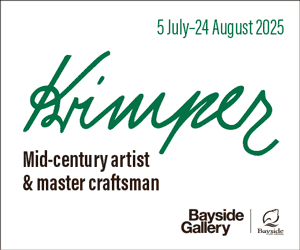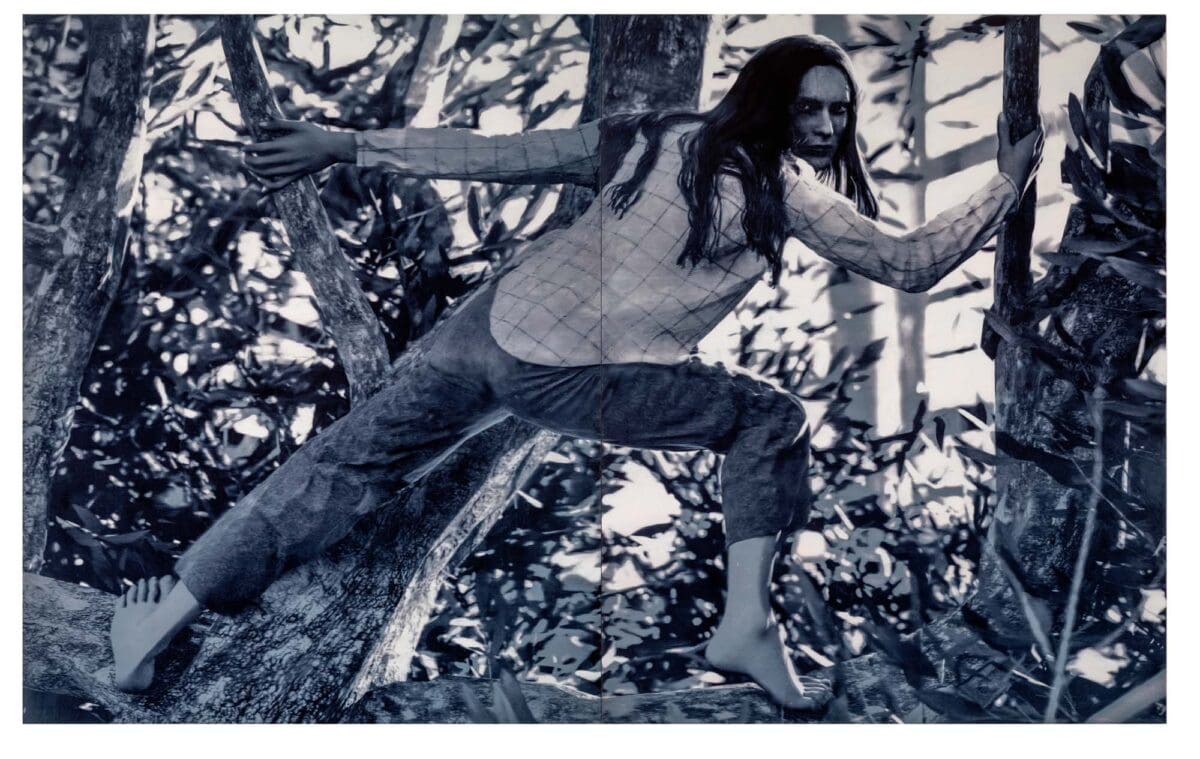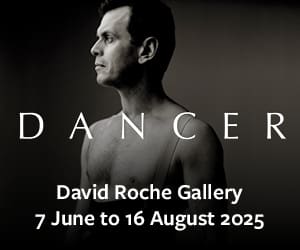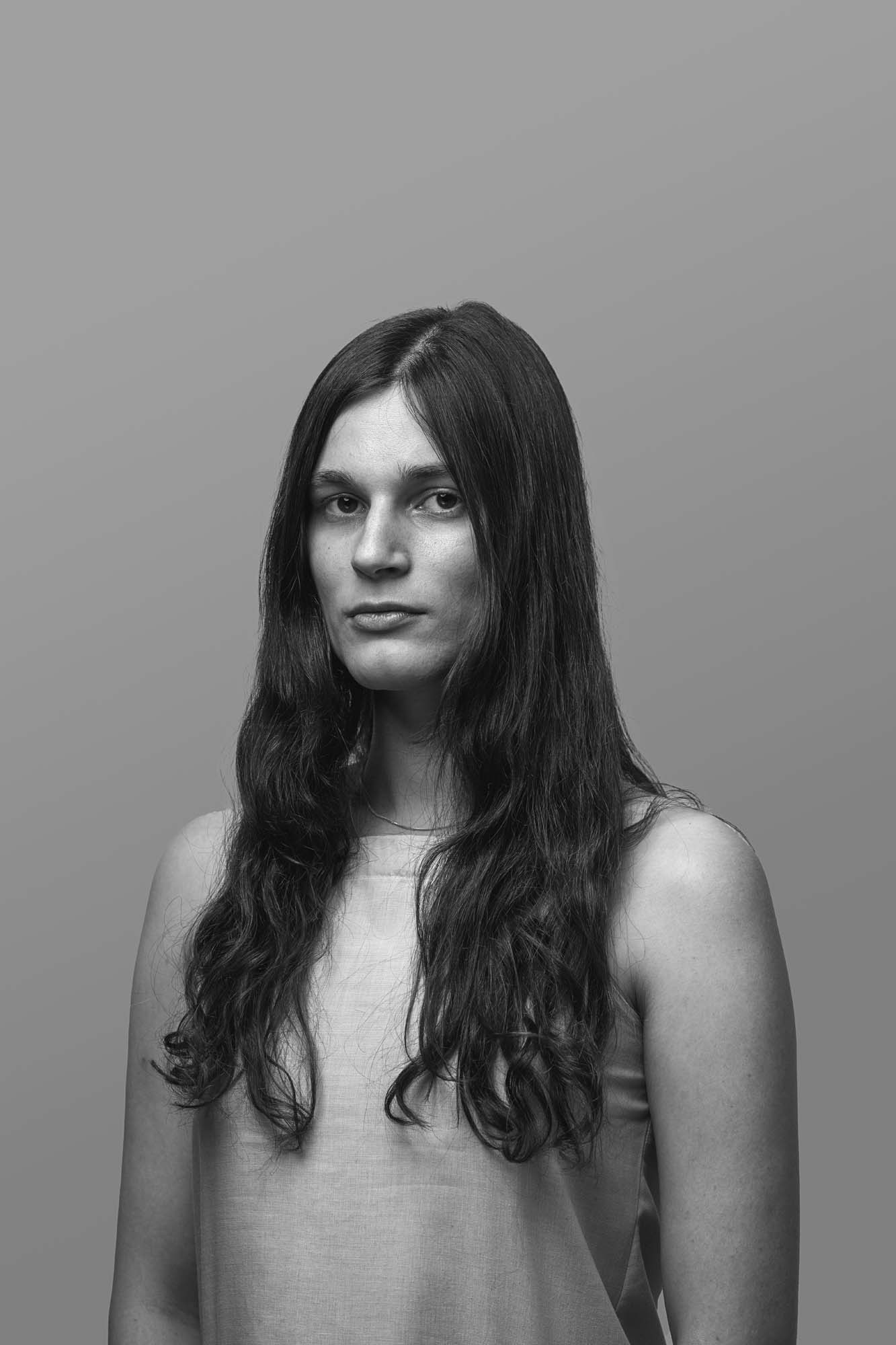How much of ourselves do we disclose? How much do we withhold? Who is monitoring and assessing the discretion we use during levels of interface? The answers to these questions are of growing consequence, especially since the burgeoning of social media where the pressure to disclose has developed a near-inescapable gravity. Greater social connectivity presents the daunting responsibility of transparency, or at least the performance of.
For James Barth, a Meanjin-based artist who has been painting, printing and coding representations of herself for over a decade, these concerns go to the heart of a practice almost exclusively of self-portraiture. Some may claim that we decide the extent to which we reveal ourselves to the world, but do we truly have such agency ? For those especially who operate outside of Western, affluent or heteronormative frameworks—Barth included—the expectation to perform, exploit and mobilise personal identity continues to be conflictingly paramount and burdensome.
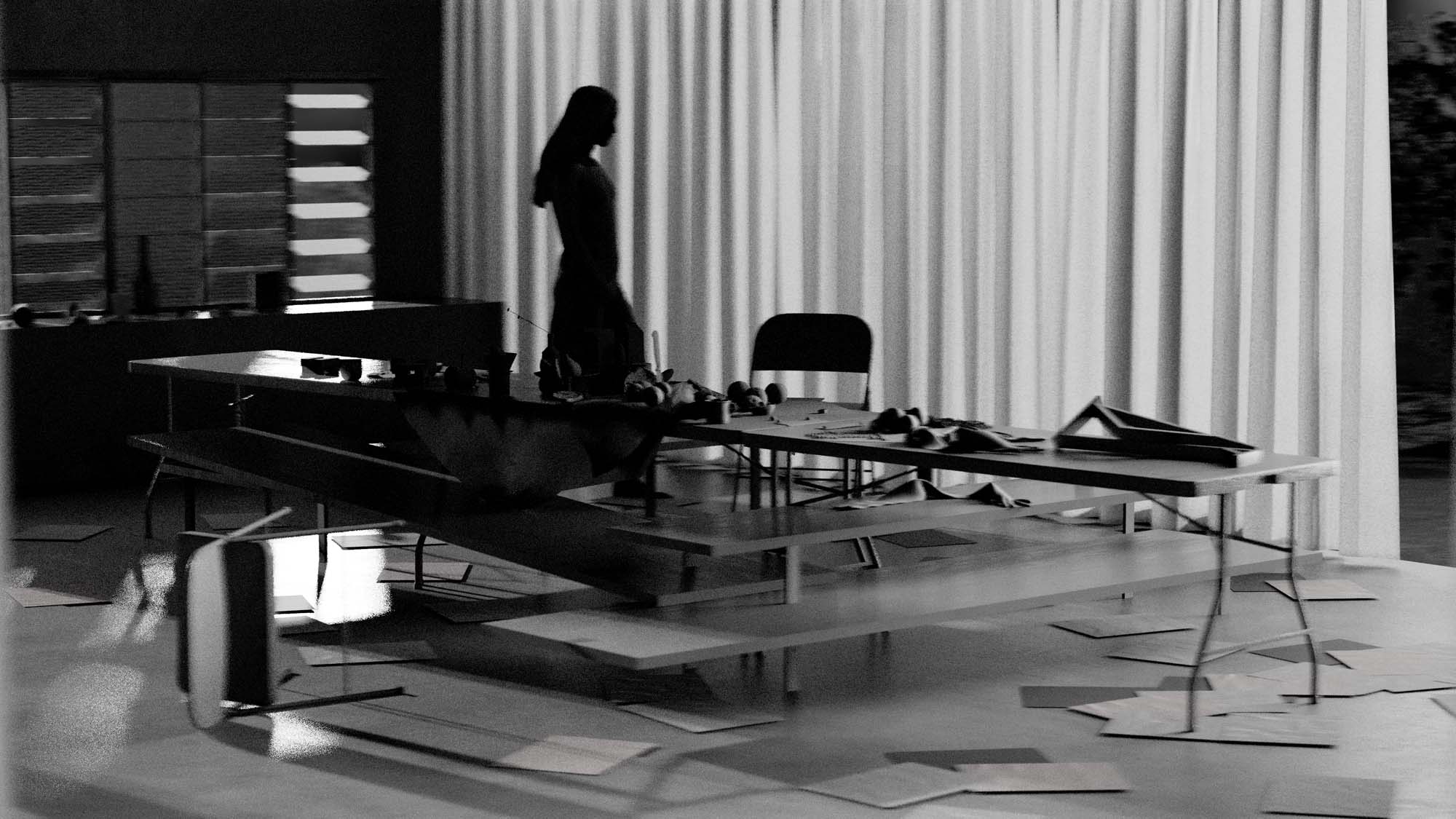
Barth explains the trials of disclosure to me via phone. Her persona remains central to the enquiries and outputs of her practice, from early photographic ‘selfies’ to photo-like oil paintings of herself and others (at times images of “placeholder lovers” sourced online), to screen paintings depicting her in elaborate scenes (her now-characteristic combination of oil painting and screen printing). Then there are digital self-representations through her avatar—affectionately known by friends as “Digi James”—who also appears in screen paintings.
Though Barth’s disclosures as a trans woman carry important affirmations of queerness, she remains deeply aware of the compromises, which range from lack of privacy to being fetishised as queer spectacle or sexualised as pornographic figure. It is for this reason she stopped taking photographic self-portraits in 2018 and now, in 2024, is attempting to retire her avatar Digi James in a swan song video for the Adelaide Biennial, curated by José Da Silva.
Titled Inner Sanctum, Da Silva’s exhibition focuses on practitioners like Barth who, as the curator explains, “reimagine the world, recreate private spaces to inhabit, and map psychic space within the architecture of domestic space”. In addition to what Da Silva calls Barth’s “seductive materiality”, what drew in the curator is the “melancholy or ennui giving her work tremendous emotional depth”.

In Da Silva’s previous exhibitions there’s a commitment to exploring optimised realities for personal expression and relation, especially for queer folk. In Barth’s new video for the Biennial, Stone Milker, her avatar performs a final dance, bidding her own image farewell. The artist’s ruminations on disclosure within the bloated discourse of identity politics have led her to pursue the possibility of closure. But how? Barth shares that her work “is intended as an avenue for feelings, humiliation, escape”.
“But somehow,” she continues, giggling, “I keep failing. Although the failure feels important, it would be nice to not fail sometimes.” Like the adage of her video’s namesake, “getting blood from a stone”, Barth expresses the enduring difficulties of satisfactorily “milking” anything useful from representations of self. At the heart of her discontent, she explains, is “a desire for a generative rather than purely deconstructive queerness”.
Later in 2024, Barth will present major new work for her exhibition The Clumped Spirit at the Institute of Modern Art (IMA), Brisbane. The show will mark her conceptual departure from self-portraiture, drawing on various histories including 1960s and 70s cinema, modern architecture, and dance, to formally and finally dissolve Digi James.
Sadness emerges as I contemplate what this means for Barth. Though Digi James was designed as a proxy and has ostensibly “failed”, she nonetheless represents an inner universe of desire, a queer imaginary built from “nothing”—what is technically the blank canvas or “default cube” of 3D computer graphics software programme Blender, which Barth uses to generate her modellings. Still, this “shedding” promises to open Barth’s practice to more autonomous occupations of visual culture.
Born in 1993, Barth is a younger artist who has disclosed much of herself in a relatively short career. She’s undertaken a gradual transition from direct to indirect representation, from transparency to obfuscation, from realistic to virtual. Her more straightforward works in paint and photo media appear retrospectively like preliminary exercises in representation, which have led to more oblique portrayals. Compare Untitled (self portrait in a towel,) 2014, to Pool portrait, 2018, for instance—the former a full-colour oil painting on ply done with a brush, the latter a black-and-white image on dibond produced by pressing oil paint through silkscreens and then dry-brushing the layers to achieve what Barth casually refers to as “Richter blurs”. Representation itself—the way media is manipulated to describe something—gains continual significance in Barth’s practice.
Her incredible aptitude as a “portraitist”, be it via painting, photography, silk or digital screen alike, crucially embodies the degrees of Barth’s disclosure, of the way she codes her identity to various levels of exposure. This begs a question fundamental to Barth’s practice of the difference between live and mediated disclosures. What’s easy to forget in her representations (a testament to their compelling believability) is the simple fact of their ontological separation from reality: a painting is not the person it depicts. It’s here we find the relationship between self and self-representation, upon which autobiography pivots.
By testing the limits of disclosure, Barth’s work relays as much about its contexts as it does her. When did we come to expect such utter visibility from figures like Barth, and why? What is gained and lost through performing identity, queer or otherwise? If we can glean anything from Barth’s evolving documentations of self, true agency lies not in the imposed metrics of representation, but rather in the selfdetermined balance of closure and disclosure.
18th Adelaide Biennial of Australian Art: Inner Sanctum
Art Gallery of South Australia (Adelaide/Kaurna Country)
1 March—2 June
This article was originally published in the March/April 2024 print edition of Art Guide Australia.

